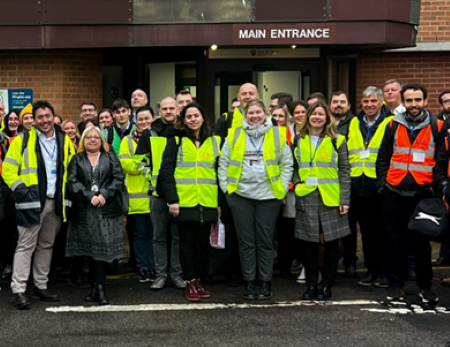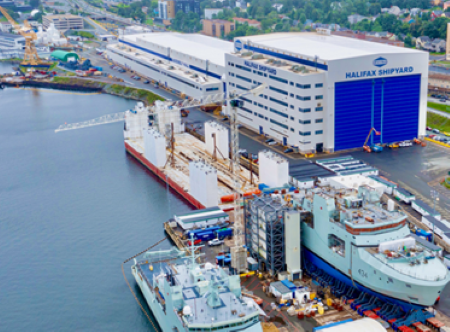The majority of businesses operating in the UK are overlooking an area of their supply chain operation where significant cost savings can be made.
“Warehouse managers can tell you precisely how much they are paying for, for example, their forklift truck fleet, but often have no idea what it is costing them to wrap a pallet,” says Martyn Sumner, managing director of Golden Valley Pallet Wrap Specialists Ltd (GVPS).
Pallet wrap is by far the most common method of stabilizing and securing a palletized load, but, according to Martyn Sumner, most buyers of pallet wrap film base their purchase decision on the cost price of a roll of film and have very little concept of how much it actually costs them to wrap a pallet using that film.
For example, a supplier could be offering pallet wrap for several pounds less than his competitors but because the film is of low quality more of it will have to be applied to ensure that the load is stabilized and ready to survive its journey through the supply chain.
Apart from the obvious cost penalties incurred, using more film also means more packaging waste is generated and additional time is wasted either manually wrapping the pallet by hand or changing spent film rolls on wrapping machinery.
“Not considering the cost per pallet wrapped is a very shortsighted – almost negligent – approach,” says Martyn Sumner.
“Instead of asking the up front costs of a roll of film, the savvy buyer should consider how many pallets he or she will be able to wrap from that roll of film,” he adds.
GVPS has recently introduced two new ranges of film which, they say, will save users money on every pallet wrapped.
The company’s new the Carbon and Alloy ranges are available in both hand- and machine-applied versions and, in tests among users who wrap 500 pallets day, have been shown to save at least £13,000 per year.
Carbon and Alloy pallet wrap is lightweight yet extra strong and allows less film to be applied to a pallet whilst maintaining, or improving load stability.
This has all sorts of advantages. For example, less packaging waste is produced; in applications where pallet wrapping machinery is used, less downtime is incurred by the need to change the film roll and, because fewer wraps are required, pallets are wrapped more time efficiently.
“Buyers and warehouse managers are under pressure to make cost efficiencies throughout their businesses but, too often, they take the easy option,” says Martyn Sumner.
“Pallet wrapping is a key – but often overlooked – part of any supply chain operation and by giving the subject closer attention, most companies would achieve considerable bottom line benefits.”
www.gvps.co.uk







